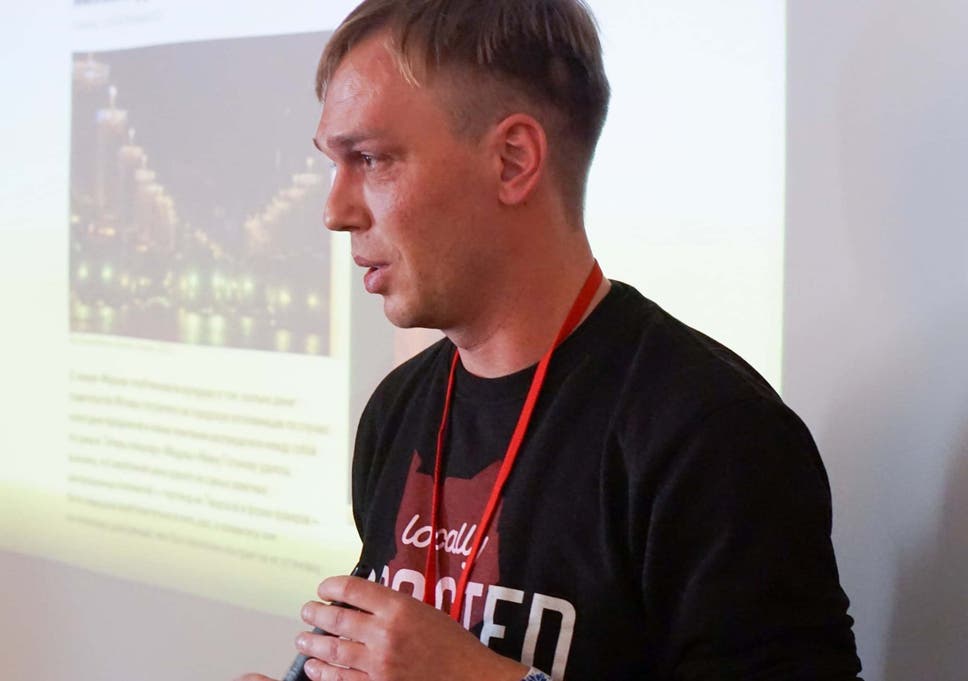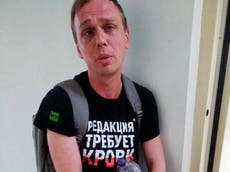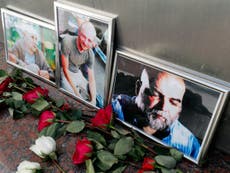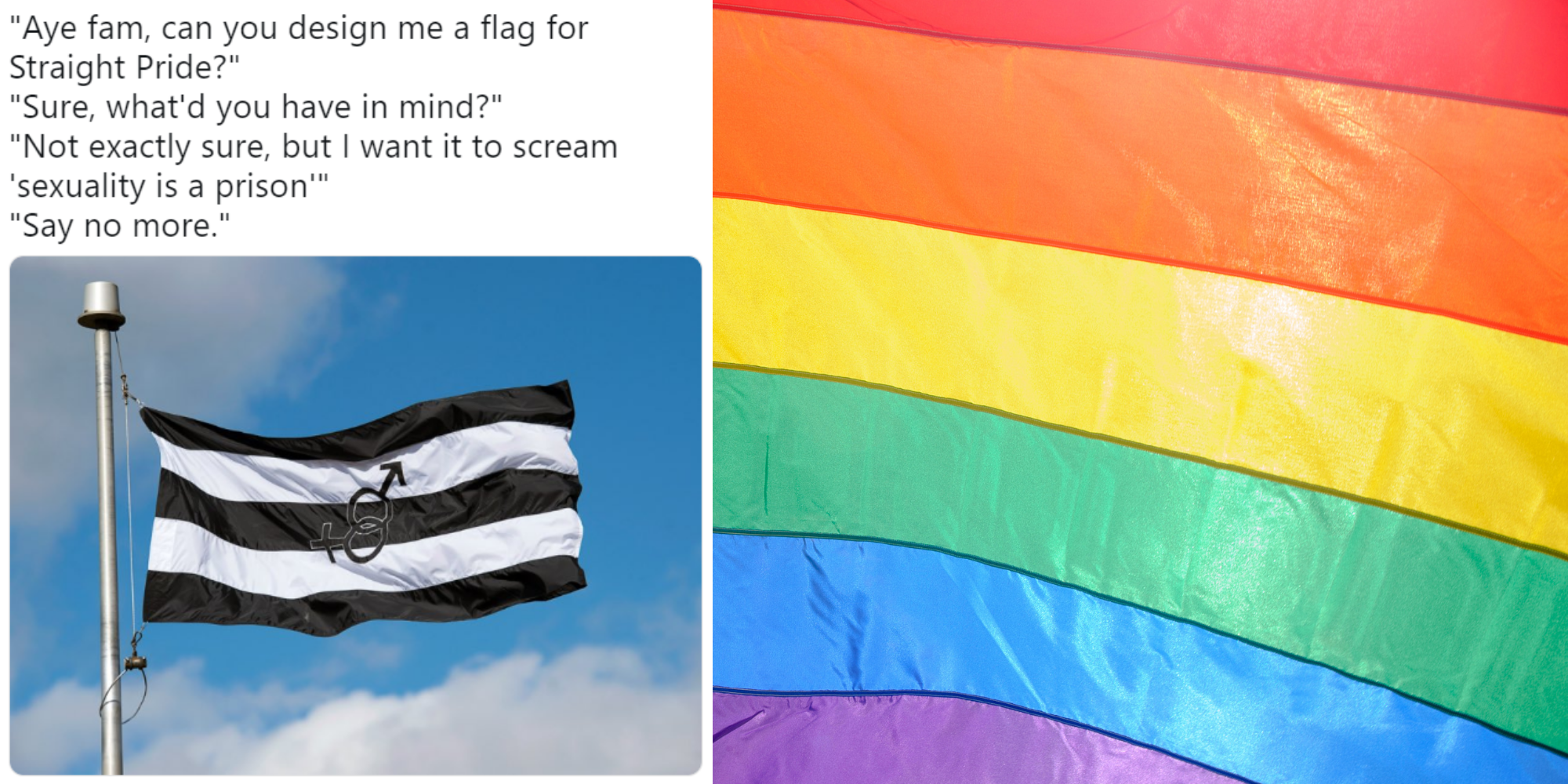Canada’s First World War: A Centennial Series on ActiveHistory.ca
Active History’s series on the history, memory, and legacy of the First World War launched in August, 2014. The series is intentionally broad in outlook, including subjects as diverse as the war’s political impact, life on the home front, and commemoration today. It is edited by Mary Chaktsiris, Sarah Glassford, Nathan Smith, and Jonathan Weier, with former editor Christopher Schultz in a consultative role. If you are interested in contributing to this series, please check out our “Call for Blog Posts” and contact us at: nsmith241@gmail.com
- Reflections on the First World War
- In Conversation IV: Preserving and Passing-On the Legacies of Canada’s First World War
- We need to stop talking about Vimy
- Growing Pains: The Great War Veterans’ Association, Early Poppy Day Campaigns, and the Seeds of Commemorative Tradition
- The Dark Side of Disarmament: Ocean Pollution, Peace, and the World Wars
- Remembrance Day 2018 and Canada’s First World War Centennial
- “The town’s gone wild”: Sounds of Victory in Toronto, 11 November 1918
- First World War Postscript: “Fed Up and Tired” in the Months Following the Armistice
- “Tom’s Return” — or A Girl’s Heroic Adventure? Great War Fiction by a Canadian Schoolgirl
- Embodying Anti-German Sentiment during the Great War: An Archival Moment
- Art as Prescience: Reflections on Sarah Beck’s 2001 ÖDE
- Indigenous Veterans, the Indian Act, and the Origins of National Aboriginal Veterans Day
- “The Equal and Respected Companions of Men”[1]: The Female Veteran of the Great War
- “He Will Again Be Able to Make Himself Self-Sustaining”[1]: Canadian Ex-Officers’ Return to Civilian Life
- The Difficulty in Diagnosis: Shell Shock and the Case of Private Dennis R.
- Coming Home: Veterans, Pensions and the Canadian State After the Great War
- In Conversation III: Touring the Battlefields of Canada’s First World War
- Africa’s War: Anti-colonial Movements and Repression in First World War French West Africa
- Art, Religion, & Iconography in the Vimy Memorial: An Overview
- Six Nations Soldiers and British Women’s Activism during and after the First World War
- The Bolshevik: Art, Revolution and Canada
- Canadian Red Cross Sock-Selling: ‘Fake News’ of the First World War
- In Conversation II: Archiving and Accessing Canada’s First World War
- Red Crosses and White Cotton: Memory and Meaning in First World War Quilts
- The Alderville War Memorial: A Bizarre Monument or A Community’s Search for Meaning?
- Atheists in the Trenches: Loss of Faith among Canadians in the Great War
- National Disunity and the Meaning of Vimy Ridge
- Feet of Clay? Canada’s Vimy Ridge
- Peaceable Kingdom or Emergency State? The Legacy of Canada’s First World War for Security Regulation and Civil Rights
- “You want to put what, where?” Contesting Malpeque’s (Second) First World War Memorial
- Unfit to Fight: The History of Rejecting First World War Volunteers – An Excerpt
- Canada’s History and the First World War Centennial: A Conversation
- A View from the (Editing) Trenches: Summer 2016 and the Challenges of (Knowledge) Mobilization
- “Manna From Heaven” – A YMCA Physical Director at Valcartier and Salisbury Plain
- Vimy Ridge and Canadian Nationalism
- In Conversation: Teaching and Learning Canada’s First World War
- “Deeply regret to inform you”: War and Loss in the Trapp Family
- Performing For War, Hoping For Peace: Canadian Actresses’ Transnational Engagements with World War I
- Golgotha?: D. Y. Cameron’s Flanders from Kemmel
- Marjorie Stinson, the Flying Schoolmarm
- Bleeding Him White: How Canada Stole an Indigenous Veteran’s Identity
- Exploring the Clash of Official and Vernacular Memory: The Great War in Brantford, Brant Country, and Six Nations
- Hidden Messages and Code Words: Bill Alldritt’s Letters as a Prisoner in First World War Germany
- “If ye break faith – we shall not sleep?”
- Further Writing on War, Loss and Remembrance: Reflections on In Flanders Fields: 100 Years
- “Trustees of the Future” and the Echoes of History
- New Archives of Ontario Online Exhibit: Ontario’s WWI Hospital Overseas
- World War One: A Fight for Freedom?
- Soldier-Candidates and the 1917 Wartime Election
- Conscientious Objectors: Fitting Dissent into a Coming of Age Story
- Racist Propaganda and the Shaping of Boys’ Attitudes toward War
- Raising ‘Human Ammunition’: Motherhood, Propaganda, and the Great War
- When writing the First World War comes home: Remembering Pvt. Harold Carter
- Heritage vs. History in the Commemoration of War in Cape Breton Highlands National Park
- A Monument to the Past? The Never Forgotten National War Memorial Project
- A Father’s Grief: The Case of Captain Robert Bartholomew
- The Second Battle of Ypres and the Creation of a YMCA Hero
- “On ‘The Road to 2017’: Reflecting on Canada’s First World War Commemoration Plans”
- The Ideological Work of Commemoration
- Sexing Up Canada’s First World War
- An American Legion in the CEF? Crossing Borders during “Canada’s” First World War
- Passing the Torch: The CBC and Commemoration in 1964 and 2014
- Promises Broken, or Politics as Usual?
- Did You Know the American World War I Museum is in Kansas City?
- New paper – Victory in the Kitchen: Food Control in the Lakehead during the Great War by Beverly Soloway
- 1864 vs. 1914: A Commemorative Showdown
- Podcast – Robert Rutherdale on the Local Responses of WWI
- World War One in Winnipeg – Conscription
- Anti-War Poetry in Canadian Newspapers at the Beginning of the First World War
- Comic Art and the First World War
- A Canadian Observing the Great War Centenary in London, UK
- ‘1914-1918 In Memoriam’: A View from the Grandstand







